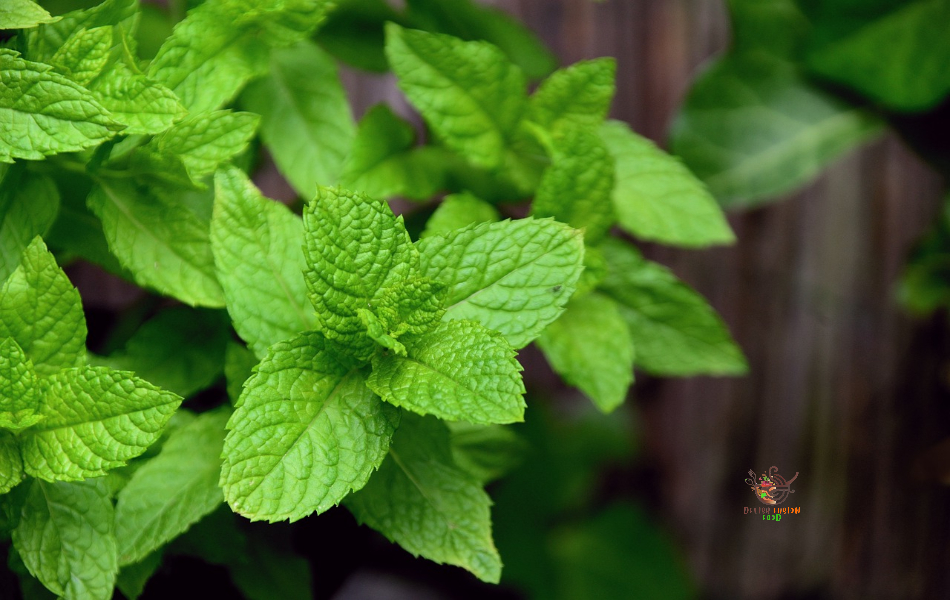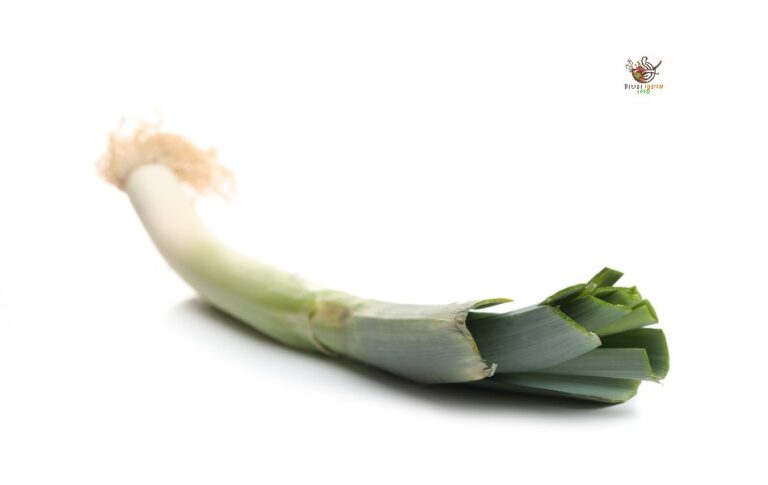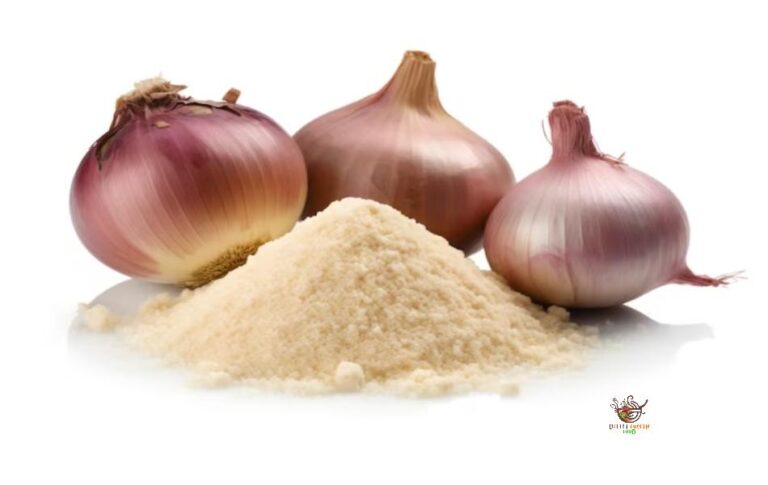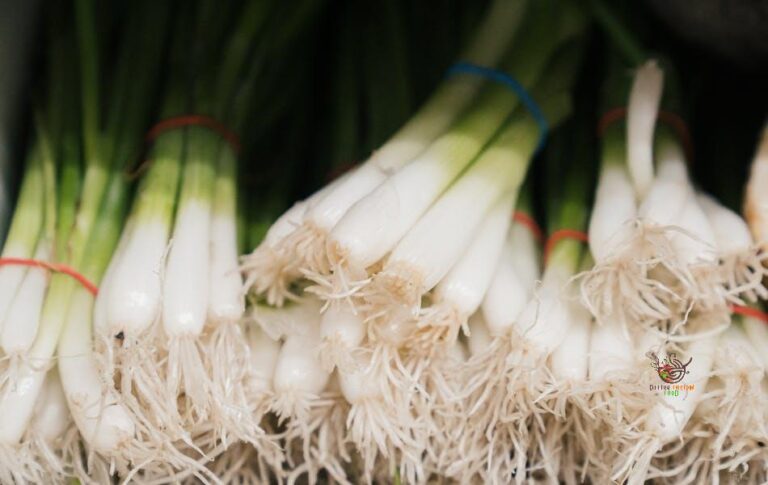Substitutes for Mint: Delicious Options to Experiment With
Mint is a tasty addition to many dishes and desserts. While its flavor is unique, you can substitute mint with other herbs like basil, parsley, marjoram, rosemary, or tarragon. If you’re out of fresh mint, dried herbal mint tea works just as well. There are more substitutes for mint, so keep reading to find out!
Let’s Talk About Mint!
Mint is a herb that comes from the Lamiaceae family. It’s famous for its refreshing vibes and belongs to cuisines worldwide. With its bright green leaves and a fresh smell, mint is a kitchen essential. From spearmint to peppermint, there are different kinds of mint to try. People often use mint leaves to flavor food, drinks, and desserts. When cooking, we usually use fresh or dried mint leaves. Dried mint has a strong taste compared to fresh mint.
Mint’s Goodness for Health
Mint isn’t just for cooking – it’s also good for you! People use it in herbal treatments and aromatherapy because it’s calming. Mint is believed to help digestion, ease headaches, relieve respiratory congestion, and offer a cooling sensation when applied to the skin.
Substitutes for Mint Leaves
Flat Leaf Parsley

Flat leaf parsley has a gentler flavor than mint. So, it won’t overpower your dish. It still brings freshness and green color, which is nice if mint is unavailable. It’s a decent substitute when you’re in a pinch!
Coriander (Cilantro)

Using coriander instead of mint will give your dish a different taste, but it’s still tasty! Coriander has a strong flavor. So, you won’t miss anything. Your dish might have more of an Asian or Mexican taste, which can be fun!
Basil: A Fresh Alternative

Both basil and mint are lively herbs that can be swapped in many dishes. Basil has a slightly sweet and peppery taste, which can replace mint in some recipes. While it won’t taste the same as mint, it still adds a refreshing touch. Both herbs can make your food taste better, whether you’re using them in salty foods like pasta or salads, or sweet treats and drinks.
You’ll need to use more basil than mint for a similar strong scent. For instance, if a recipe calls for one teaspoon of mint, try using two teaspoons of basil.
Marjoram
Using marjoram instead of mint adds a citrusy and piney taste that’s just as yummy. Some folks think marjoram tastes a lot like oregano.
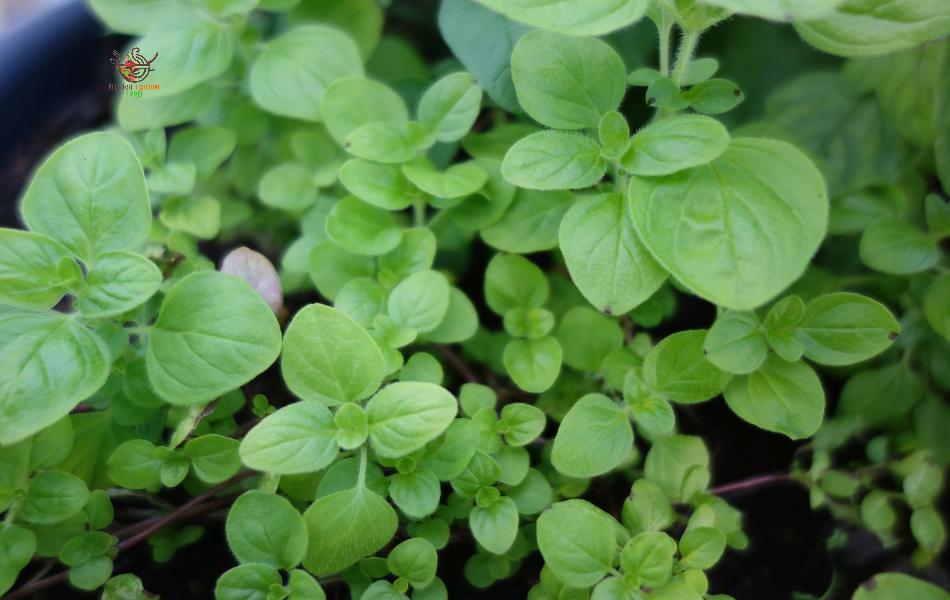
Growing marjoram at home in a pot is simple, and you can also buy it fresh or dried at stores. It has a strong flavor, stronger than mint, so use it carefully to avoid adding too much taste to your dish.
Mint extract
If you’re looking for a quick way to add mint flavor to your drinks or desserts, mint extract is a great alternative to fresh or dried mint. However, remember it’s very strong, so use it sparingly. Start with just a drop and adjust to your taste.
Thyme
Thyme works great in salads as a substitute for mint. You can use fresh or dried thyme instead of fresh or dried mint in your dressing.
Lemon Verbena
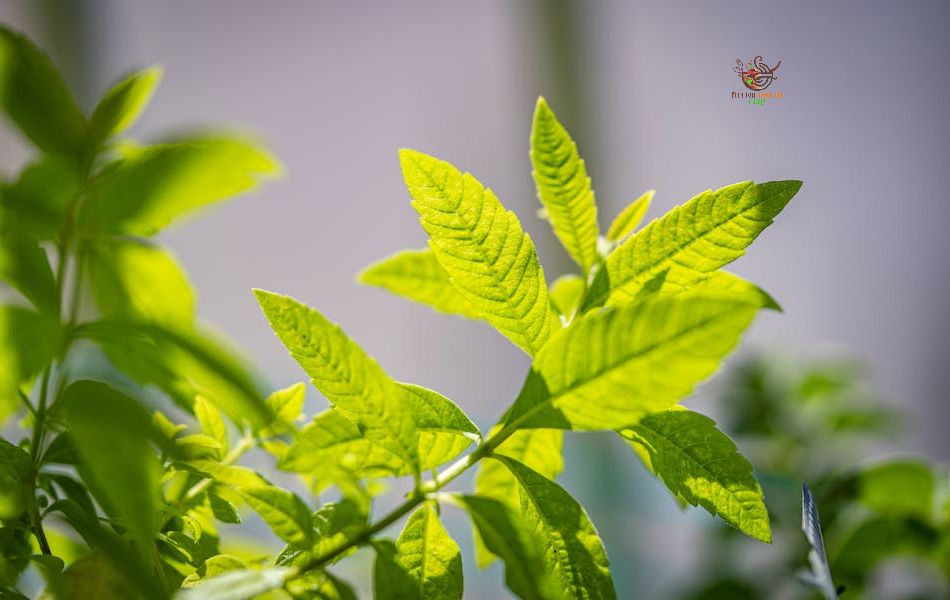
Lemon verbena leaves have a citrusy and floral taste that adds a refreshing touch like mint. You can use it in teas, desserts, and savory dishes as a substitute for mint. Use half the amount of lemon verbena compared to mint and adjust as needed for your taste.
Oregano
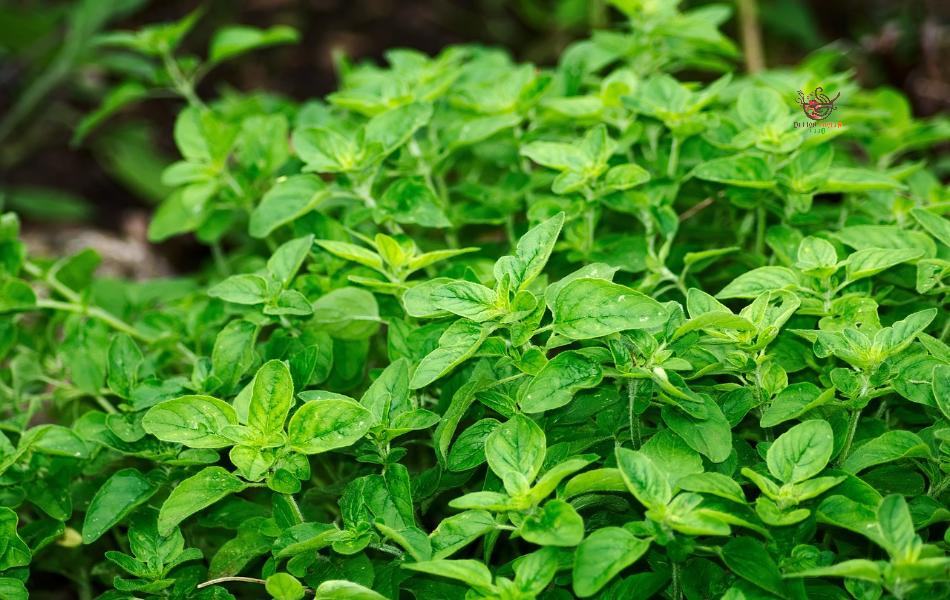
Oregano has an earthy taste that can replace mint in savory dishes. Use half as much oregano as you would mint and adjust to your liking.
Dried Mint
Dried mint leaves have a stronger flavor than fresh, so use a little bit. However, don’t use dried mint in salads where fresh mint leaves are typically used, like in tabbouleh or other salads.
Tarragon
Tarragon has a gentle taste like licorice, which can replace mint in salads and savory dishes. Use half as much tarragon as you would mint and adjust to your liking.
Arugula
Arugula has a spicy, earthy taste that can replace fresh mint in salads and some savory dishes. Use arugula in the same amount as fresh mint and adjust to your liking.
Lemon Balm
Lemon balm leaves smell like lemon and have a mild minty taste. They’re not as strong as mint but still give dishes a fresh twist. Lemon balm is great in salads, drinks, and desserts.
Rosemary

Rosemary has a strong flavor and can replace mint in some savory dishes. Use it carefully because it can have a strong taste. It goes well with roasted meats, potatoes, and vegetables like in this Grilled Turkey recipe.
Dried Mint Substitute
You can often replace dried mint with other dried herbs. Check the list and choose the best option for your dish.
Dried Oregano
Oregano is great in savory dishes, especially Mediterranean ones, as a substitute for mint.
Peppermint Tea Leaves
Use peppermint tea leaves to replace fresh or dried mint in drinks. Let them soak until the flavor is just right.
Spearmint Leaves
Spearmint leaves, whether fresh or dried, can also replace dried mint. They have a slightly sweeter taste than peppermint. Use the same amount as you would dried mint in your recipe.
Dried Thyme

Dried thyme works well in many dishes, including salads, marinades, roasted veggies, and crockpot meals.
Dried Dill
Dried dill has a grassy, slightly sweet, and citrusy flavor. It is perfect for salads, bean salads, salsas, and seafood dishes.
Dried Tarragon
Dried tarragon adds a unique sweet flavor with a hint of licorice. It’s great in salad dressings, fish, and chicken dishes.
Preparing and Storing Mint
How to Prepare Mint
- Wash and dry mint leaves.
- Remove leaves from stems and discard stems.
- Use whole, torn, or finely chopped leaves. Whole leaves give a big burst of minty flavor.
How to Store Mint
- Wrap mint in a paper towel and place in a plastic bag in the fridge. Mint will keep for 3-5 days, depending on freshness.
- Make mint oil by blending leaves with olive oil. Store in an airtight jar in the fridge for weeks.
- Freeze mint for later use. It will wilt when defrosted but still adds great flavor and fragrance.
Ways to Use Mint in Recipes
Fresh Mint Leaves in Salads
Add fresh mint to salads for freshness. It pairs with cucumber, tomatoes, watermelon, feta cheese, and citrus fruits. Tear or chop and mix in before serving.
Mint in Beverages
Mint adds refreshing flavor to drinks. Infuse water with fresh mint leaves for a few hours. It’s also key in drinks like mint lemonade or Mojito Milkshake.
Mint in Cocktails
Muddle mint leaves with sugar and lime juice, then add your preferred spirit, like rum or vodka, along with ice to make a refreshing cocktail.
Mint in Desserts
Make mint-flavored syrup or sauce to drizzle over cakes, ice cream, or fruit salads. Infuse cream or milk with mint for ice cream, custards, or mousse.
Mint in Savory Dishes
Add mint to savory dishes for freshness. It goes with lamb, chicken, fish, and veggies. Sprinkle chopped mint over roasted veggies or grilled meats. It’s a great garnish for soups and stews. Try it in Grilled Chicken with Summer Garden Sauce!
Mint in Dressings and Sauces
Blend fresh mint leaves with yogurt, garlic, lemon juice, and olive oil to make a minty sauce for kebabs, roasted vegetables, or falafel.
Mint in Tea
Make mint tea by steeping fresh mint leaves in hot water. Strain and enjoy! Mix with chamomile or lemon verbena for more flavor.
Mint as a Garnish
Sprinkle fresh mint leaves over dishes just before serving to add a pop of green color and enhance presentation.
Frequently Asked Questions (FAQ) about Mint
Can dried mint replace fresh mint leaves?
Yes, you can use dried mint instead of fresh. It’s stronger, so use about half the amount or adjust to taste.
Are there alternatives to mint flavor?
You can use peppermint or spearmint tea, mint-flavored extracts, or a touch of menthol in some recipes.
What can I use instead of mint in cocktails like mojitos?
Try basil, cilantro, or lemon verbena for a fresh twist. Basil or lavender can also work in mint juleps.
Can I use mint extract instead of fresh leaves?
Yes, but be cautious. Start with a drop or two in drinks or desserts and adjust to taste.
How do I pick the freshest mint?
Choose vibrant, perky green leaves. Avoid limp, yellowing, or spotted leaves.
How long does fresh mint last?
Properly stored, fresh mint leaves can last 1-2 weeks.
Which parts of mint are edible?
Both leaves and stems are edible, but leaves have the most flavor. Stems can be used in blended dishes or strained for tea.
See Also – 13 Fava Bean Substitutes: Expand Your Kitchen Options
Conclusion
If you run out of fresh or dried mint leaves, don’t worry! There are many substitutes you can use without sacrificing flavor. Try fresh herbs like basil or parsley or use extracts like peppermint. With these options, you can still enjoy dishes with that refreshing mint taste. So, don’t hesitate to get creative and experiment with these alternatives in your recipes!

